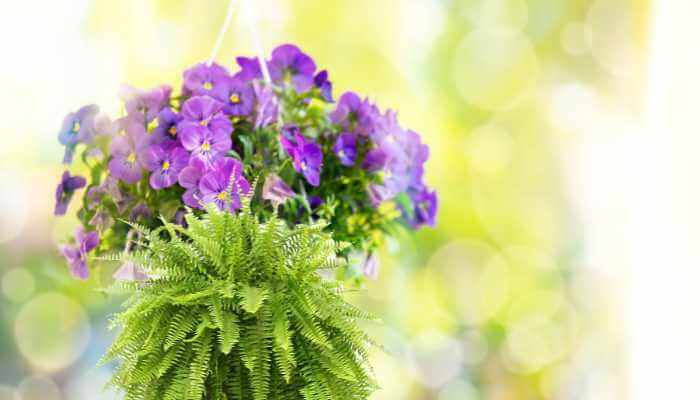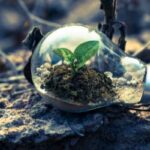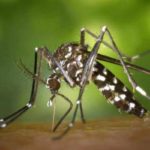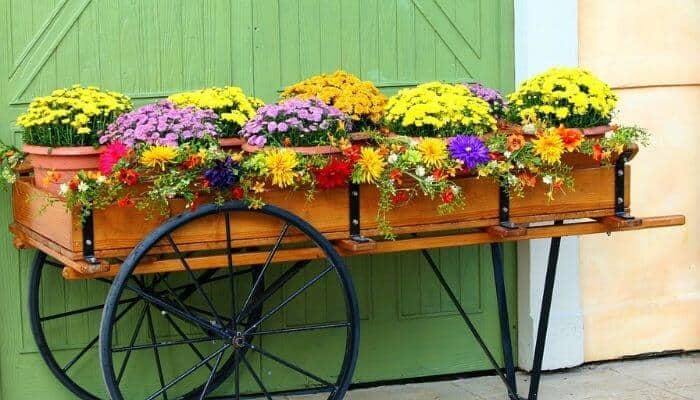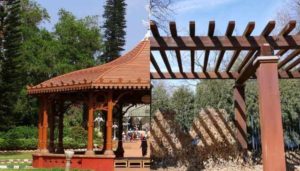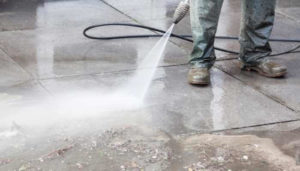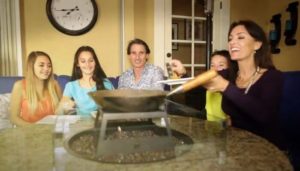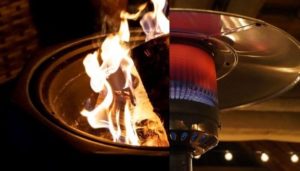If you’re allergic to pollen, you may have worse symptoms in springtime when the air is full of pollen from newly sprouting plants and trees. You may also experience symptoms in summer if you’re allergic to grasses or in autumn when certain trees release pollen.
There happen to be certain plants that sufferers of hay fever can be around without worrying about the pollen affecting them. And then, there are a bunch of indoor and outdoor plants that produce very little pollen and don’t usually bother people with allergies. Some help with oxygen production on a larger scale than others by filtering out dust and pollen particles from the air.
The plants I’m referring to are listed in no particular order below.
Pansies
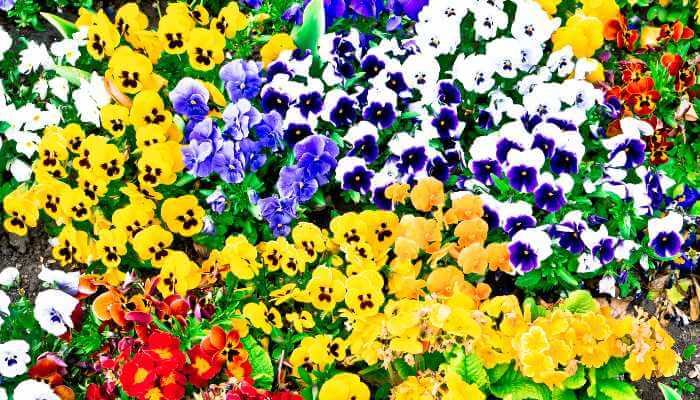
These small, bright flowers are an excellent choice for hay fever sufferers, as they are not very likely to trigger an allergic reaction. Pansies grow best in full sun and well-draining soil. They can tolerate cool temperatures and don’t require much care. The dwarf varieties can be grown in containers, but they also work well in borders and rock gardens.
Periwinkle
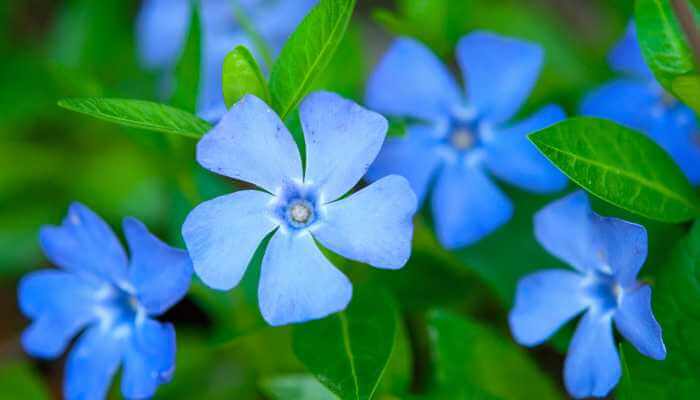
Periwinkles are low-growing ground cover plants that thrive in shade or partial shade and prefer moist soil conditions. Periwinkles are often used as ground cover in shady areas such as woodland gardens or under trees. These plants are another excellent choice for people with allergies because they do not cause an allergic reaction.
Periwinkles are easy to grow. They prefer full sun but will tolerate partial shade as well. Though they look like phlox to some, they have larger blooms and leaves. Periwinkles like moist soil, so water regularly during dry periods of the year if needed.
Geraniums
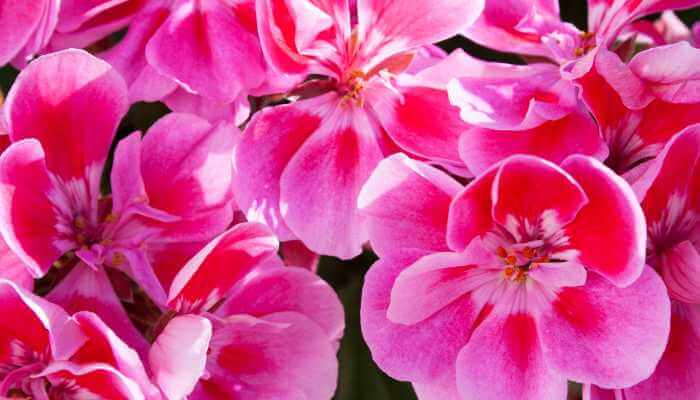
Geraniums produce clusters of colorful blooms that attract butterflies and hummingbirds to the garden. Many geraniums are available, including hybrid varieties with double petals or variegated foliage that bloom all summer long (sometimes into winter).
Geraniums grow best in full sun to partial shade and require regular watering during the first year after planting them. However, once established, they’ll tolerate dry spells better than most others.
Begonias
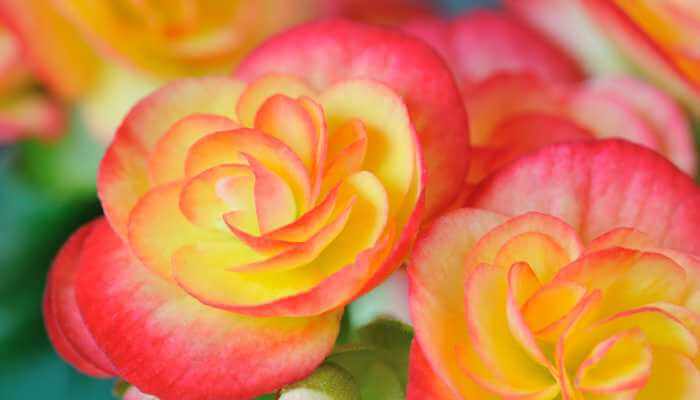
Begonias are perennial and easy to grow, with wide different varieties available. With begonias, you can choose from single or double flowers, as well as a variety of colors. I love that begonias also have beautiful leaves, sometimes waxy or mottled with color. Some types of begonia even change color throughout the year.
Begonias are best planted in containers at least 9 inches deep and in a sunny position but need repotting every two years. While begonias are not a cure for hay fever symptoms, they filter some pollen out of the air.
Ferns

Various ferns are available, and some have fascinating leaves. Ferns need regular watering but only require a little attention once established. They can be grown indoors or outside, depending on your climate. Not only do they not produce pollen, but ferns have a high moisture content and release oxygen at night. These help clear your nasal passages and ease congestion during sleep.
Some ferns even have anti-allergy properties that can help relieve symptoms even more. They do have spores on the underside of their leaves that can be annoying and messy. These do shed and get carried around by the wind like pollen, so be mindful of that timeframe.
Thrift

Thrift is one of the best plants for hay fever sufferers. It has tiny hairs on its leaves that trap dust particles and pollen before they reach the nasal membranes, where they cause irritation. It only grows to about 12 inches tall, so it’s perfect for growing indoors or on patios without much sunlight exposure. Just be sure what you’re looking at is thrift — a larger plant with ball blooms.
Phlox is often labeled as Thrift but is a lower-growing ground cover with similarly colored blooms. Plox is not bad for allergy sufferers, especially since it’s low to the ground, but it is worse than Thrift.
Hydrangea

Hydrangea is a perennial shrub that blooms in the summer and is known for its blue flowers. This plant is an excellent choice for allergy sufferers because it’s not only allergy-friendly but also drought-resistant and easy to care for.
Hydrangeas are often used as landscape plants in parks or along streets because they grow well in the shade and thrive with very little water. My aunt had a hydrangea shrub the size of a small car. So keep in mind that they can get big.
Azalea
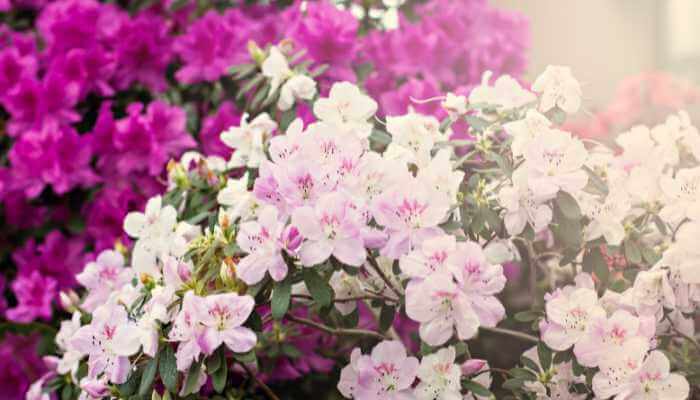
Azaleas are commonly found in gardens and parks throughout the U.S., particularly in the country’s southeastern region. These beautiful plants — usually shrubs — bloom from April through June, depending on where you live. Their branches produce clusters of red, pink, or white flowers.
Azaleas prefer total sunlight exposure. Azaleas are also good plants for allergy sufferers because they contain little pollen when they bloom. In some cases, you can find azaleas that are bred to bloom twice a season.
Cactus

Succulents like cacti don’t produce much pollen at all, so they’re great for people with allergies. They do need very little water or care, so ensure that you don’t overwater them or leave them out in cold temperatures for too long, as this can cause root rot.
Most cacti have a very pleasant, almost jasmine-like scent, but beware that some cactus plants will create a bloom made for flies to pollinate — so they smell like carrion. Don’t get that kind of cactus for your home!
St. Augustine Grass

St. Augustine grass is a thick, coarse-textured grass that grows well in hot, humid weather. The color ranges from green to blue-green, with a darker green stripe running down the center of each leaf blade. It’s also resistant to weeds and insects. It requires a little maintenance beyond regular mowing and keeping it watered during dry spells.
St. Augustine grass grows from seed quickly and will produce a thick lawn within a few months. This makes it ideal for use as a ground cover for hay fever sufferers who want to reduce their exposure to pollen.
Columbine

This flower propagates primarily via rhizomes, so there is less pollen. It grows 1 to 3 feet tall and features bell-shaped flowers with petals ranging from white to red, blue, or purple. This perennial blooms in spring or early summer and requires full sun and sandy soil to thrive.
Columbine spreads by rhizomes, which means it will grow into colonies over time if left unchecked by gardeners who want to keep this flower under control.
Verbena

In addition to being an attractive ornamental plant for sunny gardens, verbena attracts butterflies because of its nectar-rich blooms. Verbena produces clusters of tiny flowers containing five petals each and arranged along the stem.
These blooms may be pink, purple, or white, depending on the variety you choose to grow in your garden. However, it produces very little pollen, which is good news for allergy sufferers.
Which Trees Are Best for People with Allergies or Hay Fever?
For one thing, the female versions of most trees do not shed pollen — the male trees are the ones that toss pollen into the air. Most notably, fruit trees give off very little pollen, just enough for reproduction and then nothing.
I’ve found the best trees for allergy sufferers to be Apple or Crab Apple, Pear (fruiting, not ornamental), and Plum. Then there is Dogwood, Hawthorne, Cedar, and Magnolia. These trees produce very little pollen, or their pollen is covered in a waxy coating that prevents hay fever from occurring.
In Conclusion
Knowing what plants may or may not trigger your hay fever is helpful before planning your garden. There are still some beautiful plants you can still have in your yard, even if you are a hay fever sufferer.
I hope you found some worthwhile plants on our listing. But even if you only plant these types of plants, keep in mind that the wind will still be blowing pollen all around during the peak of pollen season (usually spring and summer). So prepare with your preventative medications and face masks.
